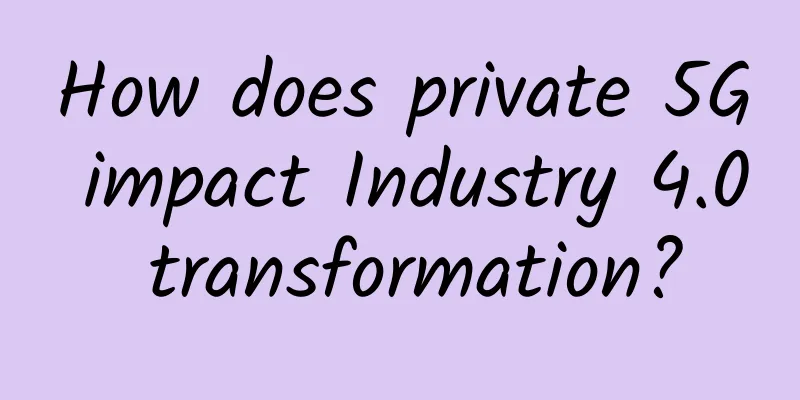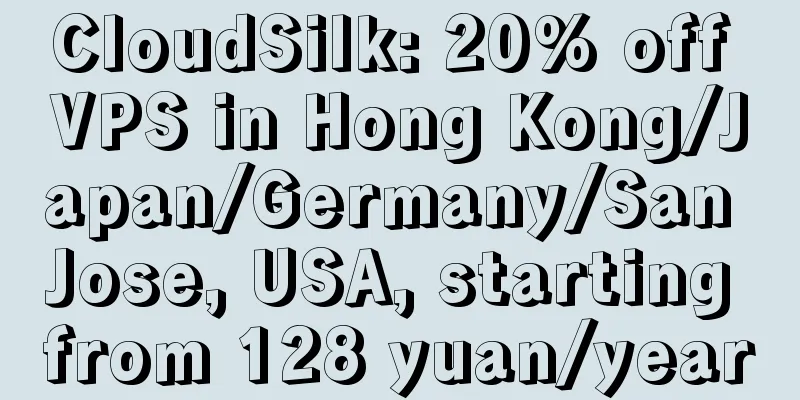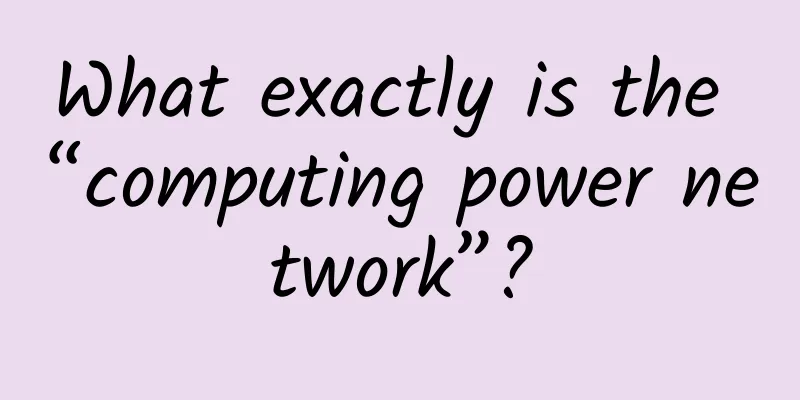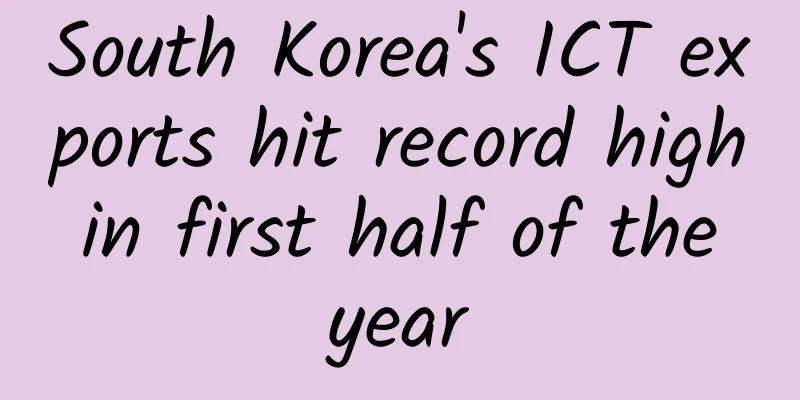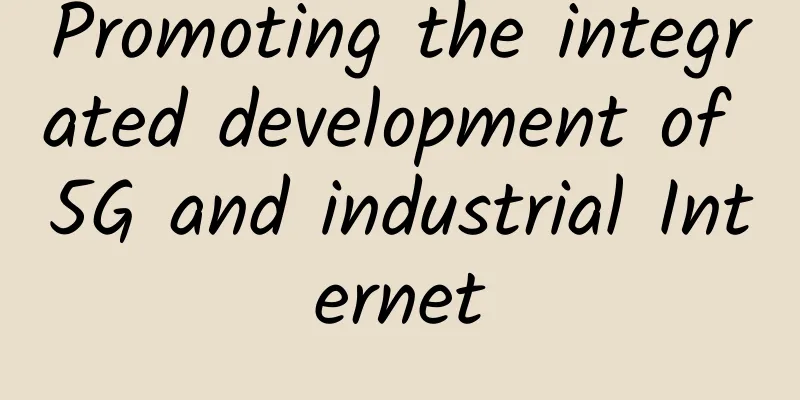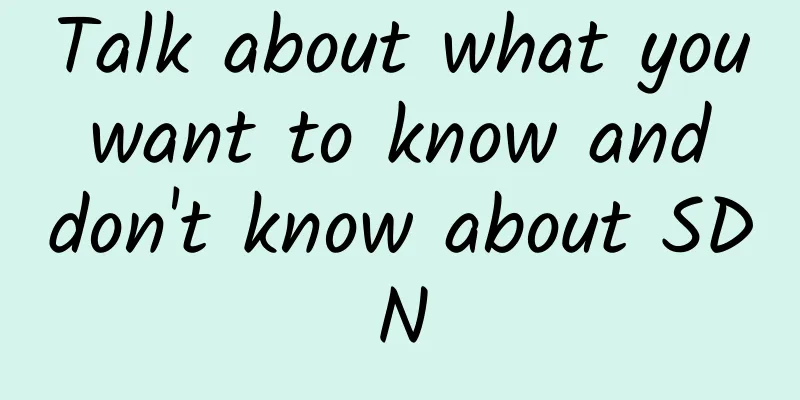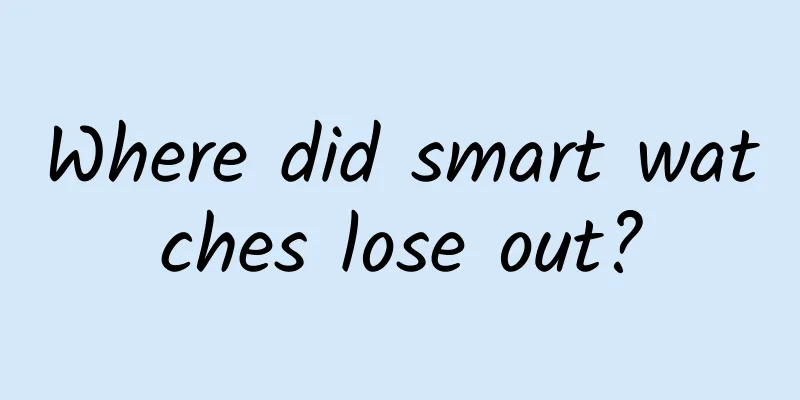How does 5G combine with the Internet of Things?
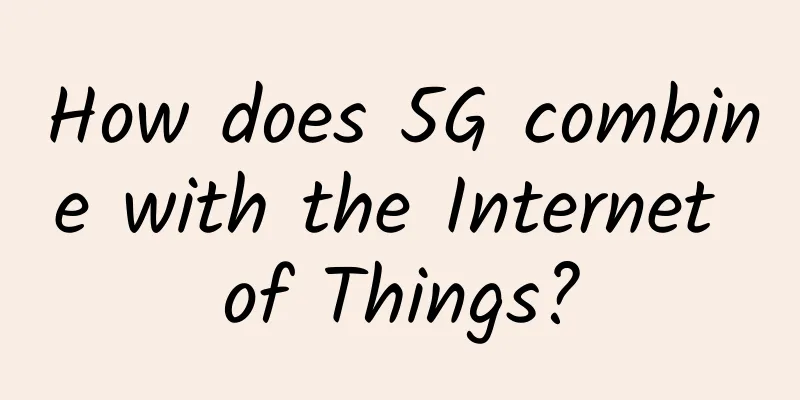
|
Until now, there are still a lot of voices in the media and social networks discussing this question: Is 5G useful? There is no doubt that it is easy to find "extreme praise" for 5G on any information platform today. There are all kinds of rhetoric, such as boasting about the speed of 5G and describing how 5G will change society. At the same time, it is easy to see another voice. Many people will ask, can 5G be faster than optical fiber? 4G network is enough for us, so why rush to get 5G?
In the comment section, this kind of discussion often continues until it evolves into philosophical speculation or family greetings. But here we can actually find such a problem, that is, whether it is a diss to 5G or a willing 5G dog, the focus of public debate is still to simply regard 5G as an enhancement of 4G network bandwidth - in other words, everyone seems to equate 5G with fast network speed. Of course, large bandwidth is definitely the most fundamental change of 5G. However, in fact, 5G is an iterative upgrade of the entire wireless communication protocol. A large number of communication capabilities have been redefined. If we return to the specific and detailed world of technology, we will find that 5G is more than just "faster Internet speed". Behind the 5G story that is generally unknown to the public, there are actually more industrial possibilities - for example, we have always imagined the combination of 5G and the Internet of Things, so if we draw a 5G spectrum in our minds and bring it to today's IoT scenario, what kind of relationship will the two have? Is it just to make various IoT devices "faster"? The truth behind this change lies in what changes 5G has brought to IoT. Everything can be shared: the gift that 5G brings to the Internet of Things In the 5G era, everything is connected. I guess everyone has heard this so many times that their ears are callused. But the question worth thinking about is, why are all things connected because of 5G? Is it just because 5G brings faster transmission efficiency? The production equipment in the factory, the bus signs on the road, the anklets tied to wild animals, these things are not going to download a movie or play a few games of Pesticide, so why do they need such a fast Internet speed? This involves an overall understanding of the concept of 5G. The so-called 5G refers to the fifth generation of mobile communication networks. In the succession of communication protocols, although transmission speed is the first capability to be upgraded, many problems left over from previous generations of communication networks must also be solved. For example, compared with 4G, the 5G network protocol has made leaps and bounds in terms of low latency, ultra-low power consumption, and multi-terminal compatibility. These functions may just solve the IoT's upgrade requirements beyond "speed". For example, in the field of industrial IoT, low latency is the most important network lifeline. Imagine how ridiculous it would be if the intelligent assembly lines were in chaos due to network delays. For some IoT devices, low power consumption is the real timely help. For example, the monitoring equipment worn by wild animals, how to enable it to upload data at a specific time and not consume power at other times, this is the biggest demand. And this is also part of the dividends brought by 5G. Therefore, if we only focus on "how fast 5G is", we may fall into a narrow understanding of 5G. In the IoT field, the value brought by 5G is diverse and comprehensive. The upgrade of many capabilities has made many B2B businesses that were not triggered at all in the 4G era accessible in the 5G era. There is no doubt that mobile phones have priority in the wave of 5G upgrades. However, if we gain a firm foothold and take our time, perhaps we will see the vast amount of ideas hidden in the IoT field. What needs attention here is actually the problem of market players. What IoT needs is not a faster network, but higher value. The value provided by 5G must meet the needs of vertical industries and users themselves. Through better communication solution capabilities, it brings new value to IoT, including but not limited to additional experience, connection stability, and control efficiency, thereby helping IoT to create new business space. Some time ago, everyone was always talking about "Pan Ta". In fact, this statement is quite appropriate when applied to the combination of 5G and IoT: 5G is not intended to make IoT faster, but to make them more efficient. Once the market is ready, the price will go up. 5G+IoT will give rise to a complex and fragmented market Let us take a closer look at the real situation of the IoT industry. Since 5G brings diversified communication value to IoT, what are the most likely market changes when 5G networks are combined with IoT products? If we look at the real IoT market, we may find that what is most likely to appear in the "5G+" vision is a very typical fragmented market. Let me give you a few examples. In some countries in South America, there is an urgent need to use IoT technology to establish a cattle network for cattle on the grassland. This way, if a cattle is lost, it will be easy to locate it, and the grassland, weather, and the growth curve of the cattle can be monitored. This sounds simple, but it is not easy to operate in practice. The wearable devices on the cattle, the monitoring devices of the herders, and the monitoring devices on the playground constitute an independent Internet of Things with multiple transmission requirements. Some of these networks require continuous transmission, while others require extremely low power consumption modes. This may require the establishment of a combination of multiple networks such as NB-IoT, 2G, LTEeMTC, etc., before it can eventually become an Internet of Things for cows. The more complex one may be the Internet of Vehicles. In the V2X vehicle-road collaboration system, there are many solutions involved, such as vehicle-to-vehicle interaction, vehicle-road interaction, human-to-vehicle interaction, vehicle-cloud collaboration, and signal collaboration between vehicles and mobile monitoring devices. In just one vehicle, multiple network modes of external output paths are required, which requires high bandwidth and low latency, and also tests the compatibility of multiple networks. This may require a variety of network solutions to address the various needs of vehicles, on-board equipment, road equipment, base station equipment, etc. Not only are IoT requirements very complex in the 5G communication era, but AI intervention will exacerbate this change. The need for intelligence will impose greater data transmission tasks on IoT, connect more sensor ports, and may also change the way IoT systems are built at the system level. As intelligence becomes the underlying demand, IoT communication networks will also be further upgraded. In short, IoT in the 5G era presents a market demand that is both fragmented (mixed with multiple networks and multiple communication targets) and unified (network integrity and communication continuity must be guaranteed). Under the cover of 5G, it will be difficult for the IoT industry to produce top-notch communication products that can cure all diseases, but it also poses a new test to the integration capabilities of the 5G supply chain. Since the IoT needs of each industry are different, a fragmented new market is finally outlined. Customized networks and dedicated networks are likely to become the main form of 5G+IoT demand. This market has largely not been triggered in the 4G era and is in a brand new stage to be developed. In summary, 5G+IoT is indeed opening up new market opportunities for B2B businesses such as network services and smart services. However, this market is not as "all-changing as 5G" as people imagine, but is more inclined to gradually outline a new solution supply system with many small markets. Which companies will seek opportunities in this changing situation? The wind of 5G+IoT is a bit complicated. It lacks the simplicity and crudeness of the mobile Internet when it was just emerging. So which companies are relatively in an advantageous position in today's game of chess? Following the logic of the fragmentation of the IoT market, we can see that several types of companies are worthy of attention. The first are chip manufacturers with stronger customization and diversified solution capabilities. The complexity of IoT network requirements means the use of various combinations of chips and the collection of multiple network chips. As we know, 5G chips are still at a relatively early stage today. Different chip manufacturers may be faster or slower, but overall they are hovering near the starting line. As for the long-term goal of 5G+IoT, the starting point of chip manufacturers is more consistent. Today's strategic investment may indicate that the industry landscape will be re-divided one day in the future. By understanding this market logic, it is not difficult to find that in the 5G era of the IoT market, extensive vertical chip solutions and the inclusion of 5G key technologies are two indispensable conditions for welcoming the new market. Secondly, we can see that the demand for IoT device manufacturing in vertical industries is opening up. The upgrade of 5G+IoT's to B capabilities means that the existing IoT systems in a large number of vertical industries need to be updated. This also means that the market demand for equipment manufacturing, data accumulation, and solution integration in vertical industries will open up. This is also a new opportunity for many companies in the 5G era. One case we have interviewed is the upgrade of communication standards and IoT capabilities of smart light poles. Today, a different light pole is beginning to incorporate services such as vehicle-road collaboration, road base stations, smart city data terminals, and even smart advertising. Then a large number of equipment such as the power supply system and network system will face general upgrade needs. Faced with these demands, IoT manufacturers and data vendors in vertical industries will gain new opportunities. Furthermore, we can see that 5G+IoT is giving rise to new industrial relationship chains and solution integration needs. Taking vehicle-road collaboration as an example, this huge IoT trend in the 5G era requires car manufacturers, communication companies, transportation infrastructure, new equipment and solution providers, algorithm suppliers, etc., previously unrelated companies to sit together and work hard for one thing. This is a very challenging task in the actual construction of the industrial chain. It is understood that in the IoT system of vehicle-road collaboration, the smart traffic lights alone will face the collaboration of dozens of suppliers. This has brought considerable difficulties to various underlying technology and manufacturing companies to participate in the new IoT vertical market. These difficulties may give rise to new IoT industry opportunities based on data integration, solution integration, and supply chain integration. With new technologies and new hardware on the one hand and the actual needs of the specific IoT industry on the other, such middleware companies are indispensable in the planning of the 5G+IoT+AI industry chain. Sorting out the whole logic, contrary to popular belief, 5G+IoT is unlikely to usher in a rapid and replicable industrial upgrade, but is more likely to open up fragmented industrial opportunities consisting of relatively independent markets. 5G is neither a magic potion nor a gimmick, but a new technology system that has already emerged and has its own technical limitations, industrial advantages and industrial logic. In the face of this, a better way to meet it is to invest steadily in technological research and development, and use the advantages of capabilities to build a bridge ticket and moat in the upgrading of the to B industry. There has never been any new technology that can bring about the beauty of turning stone into gold. Most of the time, new technology can only bring a lot of "troubles" and the end of the lights after the "troubles". |
<<: How advanced is the "Smart Island" with 20,000 people? Let me help you experience it first!
Recommend
Unveiling the secrets of improving IT management efficiency in the AI era | "2024 Volcano Engine Feilian New Product Launch Conference" live preview
AI technology is sweeping every field at an unpre...
BuyVM restocking: 4 data centers in Las Vegas/Luxembourg/New York/Miami, 1Gbps, unlimited traffic, starting at 2 Canadian dollars per month
BuyVM was founded in 2010. It is a company that p...
Making WAN ubiquitous: SD-WAN still has huge room for development
[[177476]] The impact of globalization has become...
Taking stock of Internet companies that have deployed blockchain: Is blockchain a "panacea" or a "scam"?
Bitcoin was launched in 2009. As the price of Bit...
How to choose a managed data center service provider?
When an enterprise chooses a managed data center ...
Do you have an idle router? Why not transform it into an AP?
With the rapid development of wireless networks, ...
The total number of mobile users of the three major operators reached 1.59 billion, and the proportion of 4G users declined
According to the latest data released by the Mini...
5G is coming, but the three major operators are playing "Three Kingdoms"
I wonder if you have visited the business halls o...
TOTHOST: $1.92/month-1GB/8GB SSD/100M unlimited monthly traffic/Vietnam VPS
TOTHOST is a Vietnamese VPS hosting company estab...
[5G Encyclopedia] How does 5G implement TDD?
The theme of this issue of 5G Encyclopedia is: Ho...
The invisible shift of HCI
Arthur C. Clarke, a famous British science fictio...
RAKsmart: Los Angeles/San Jose server flash sale starts at $30/month, Japan server flash sale starts at $59/month
RAKsmart is a foreign hosting company founded by ...
Ming-Chi Kuo: The key to iPhone 12 series shipments is that the starting price is US$699, which will definitely be a big hit
The report pointed out that the shipment proporti...
Inspur Networks launches new Wi-Fi 6 products to enable the era of fully “wireless” IoT
On June 22, Inspur Networks held a Wi-Fi 6 new pr...
Summary information: 51Cloud/Yunji Internet/Hengchuang Technology/LiuliuCloud/Yunmi Technology/Hengtian Cloud
Many businesses have launched spring promotions i...
